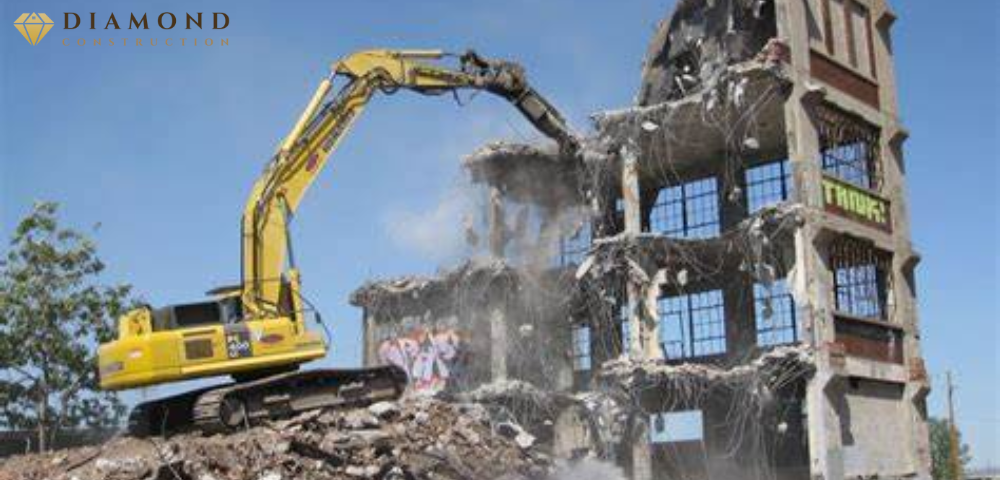As the urban landscape evolves and structures age, the need for building demolition becomes an inevitable part of modern city life. Fort Myers, a vibrant city along Florida’s Gulf Coast, is no exception. From dilapidated buildings to making way for new developments to removing hazardous structures, building demolition in Fort Myers is a carefully orchestrated combination of art and science. Safety First:
Building demolition is a complex task that demands utmost precision and safety. Before any demolition project begins, experienced professionals must conduct a comprehensive safety assessment. This assessment considers factors like structural stability, proximity to neighbouring structures, presence of hazardous materials, and potential environmental impacts. The demolition process can proceed only when all safety concerns are addressed and mitigated.
Regulatory Compliance:
Like any other city, Fort Myers has specific regulations and permits to govern building demolition. These regulations ensure the process adheres to environmental standards, noise pollution limits, and public safety protocols. Obtaining the necessary permits from local authorities is fundamental before demolition work begins.
With growing concerns about environmental impact, responsible demolition practices are crucial. Home Restoration Services in Fort Myers are increasingly adopting eco-friendly methods, such as salvaging reusable materials, recycling waste, and implementing sustainable disposal practices. These efforts reduce the carbon footprint and contribute to the city’s sustainability goals.
Asbestos Abatement:
Many older buildings contain hazardous materials, such as asbestos. Before demolition, all hazardous materials must be identified and properly removed to prevent health hazards and environmental contamination. Specialized Home Restoration Services in Fort Myers are often hired to handle asbestos abatement safely.
Community Engagement:
Building demolition in Fort Myers projects can have significant effects on the local community. Keeping residents and businesses informed about the process, potential disruptions, and timelines fosters a positive relationship between the demolition team and the community. Community engagement helps address concerns and ensures a smoother demolition process.
Conclusion:
Building demolition in Fort Myers, while seemingly straightforward, is a multifaceted endeavor requiring meticulous planning, strict adherence to safety standards, and a strong commitment to environmental responsibility. Fort Myers can achieve its urban renewal goals while preserving its unique charm by balancing the art of maintaining historical heritage and the science of sustainable practices. Embracing innovation, community engagement, and responsible demolition techniques will continue to shape the city’s landscape to benefit current and future generations alike.








